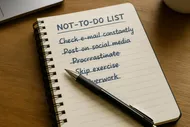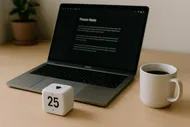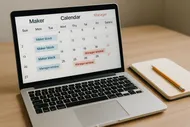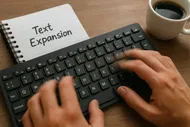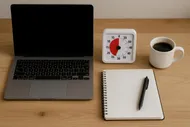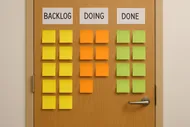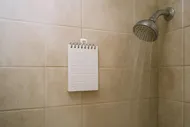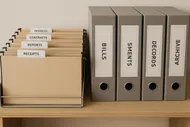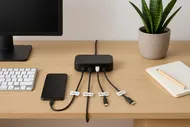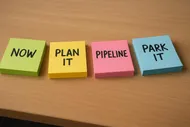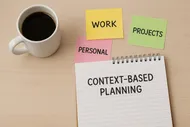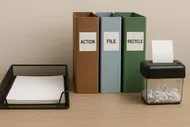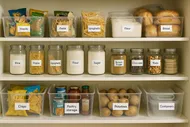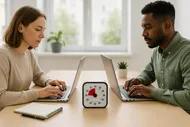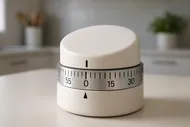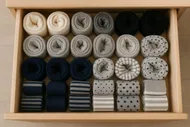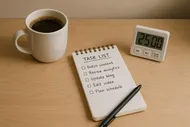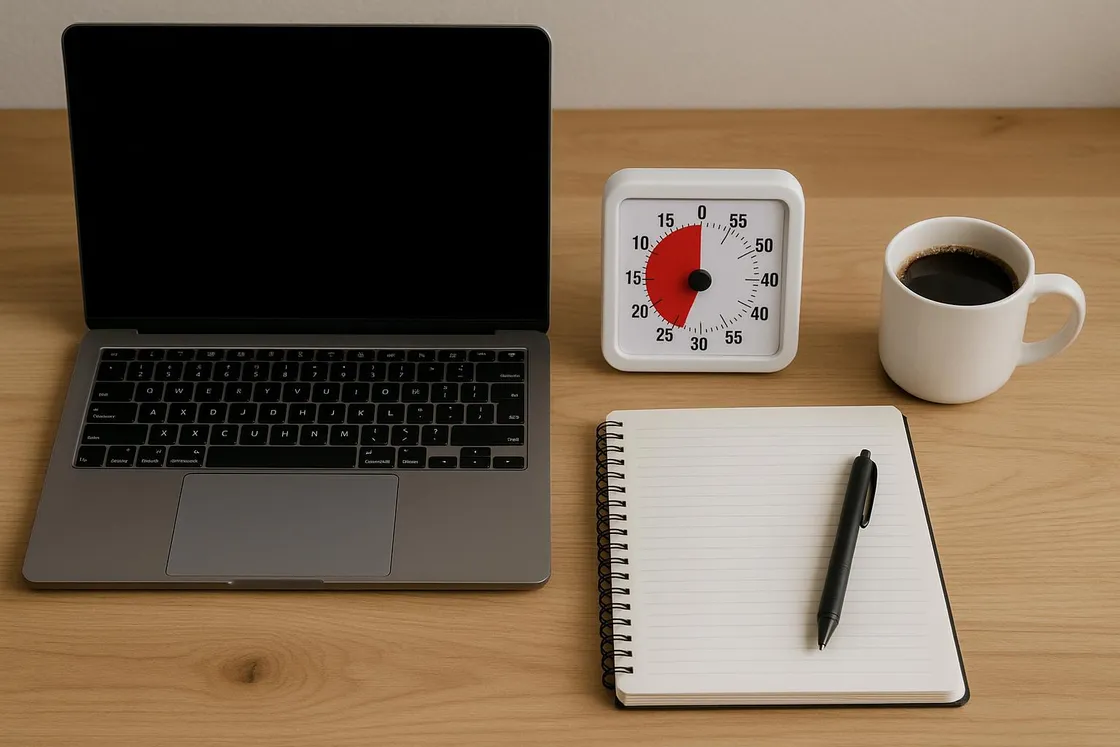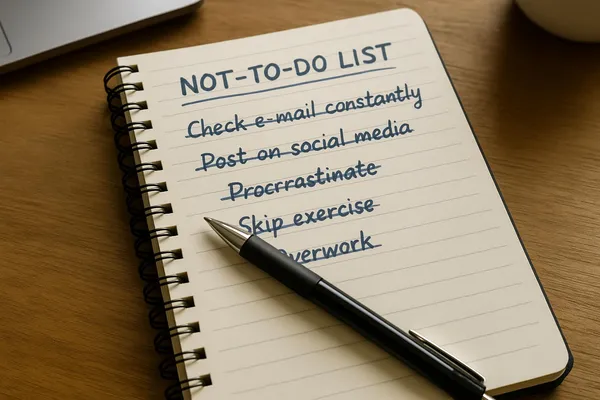
I used to schedule deep work like it was a rare celestial event: maybe next Thursday if the clouds part, the calendar gods are merciful, and my Slack pings take a vow of silence. Spoiler: they did not. So I started experimenting with one thing that felt both audacious and oddly doable—one 90-minute deep-work block each day. Not six hours, not a monastic retreat, just ninety gloriously protected minutes to move my Actual Important Thing forward. When it works, I end the day with a smug glow. When it gets torpedoed by life, I recover without spiraling into chaos smoothie mode.
This is the playbook I now use to build, defend, and repeat a daily 90-minute deep-work block—plus the gear, apps, and silly rituals that keep me from tab-hopping like a caffeinated gerbil.

Why 90 minutes?
Think of your brain’s focus like waves. You can surf a tiny wave (a 25-minute pomodoro) or paddle out for a larger set. Ninety minutes sits in the sweet spot: long enough to dive into something meaningful, short enough to fit into real schedules that include meetings, kids, laundry, and mysterious calendar invites called “quick sync.”
- It aligns with ultradian rhythms—your brain naturally cycles through higher and lower energy every 90–120 minutes.
- It’s a single calendar block you can actually defend without becoming the office hermit.
- It leaves room for buffers and breaks so your day doesn’t become time-blocking Tetris.
Deep work is the ability to focus without distraction on a cognitively demanding task.
Cal Newport
No need to get academic. The short version: it’s easier to protect one block fiercely than to beg your calendar for five micro-slices that get nibbled away by ‘just a quick thing.‘
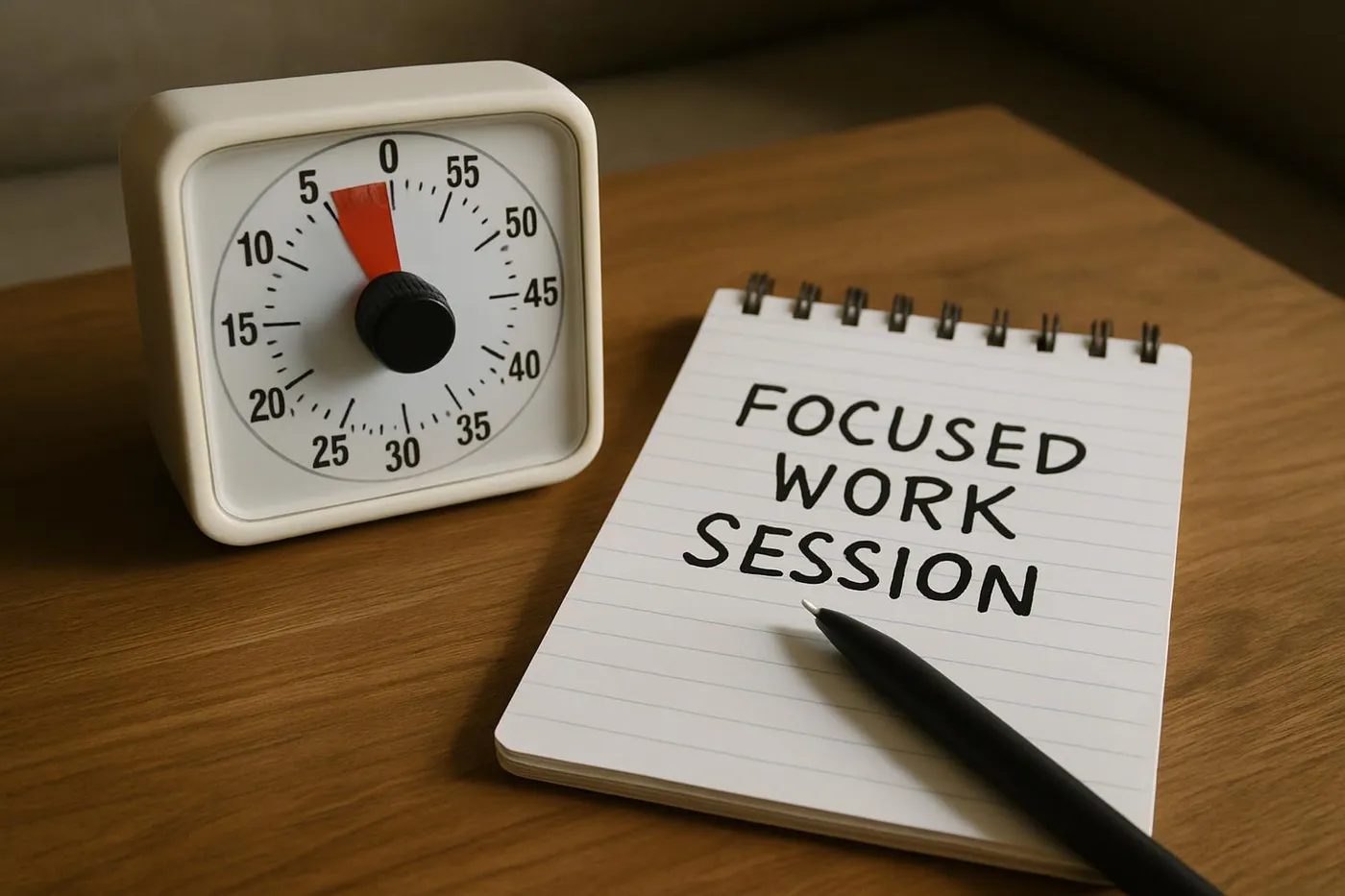
Step 1: Pick your daily deep-work window
Choose a time when Future You is likely to be conscious and interruption-lite. For many of us, that’s morning. For night owls, it might be after lunch or early evening.
- Morning larks: 9:00–10:30 AM
- Afternoon momentum monsters: 1:30–3:00 PM
- Evenings: 7:00–8:30 PM (if you get your best ideas when everyone else is doomscrolling)
Tip: If your calendar looks like a game of Twister, claim a recurring daily event titled “Focus Hold” and mark it as busy. To make it stick, prep during your quick planning ritual: The 5-Minute Forecast. That 5-minute check helps you pick your Big 1 for the block.
No perfect slot? Try a moving target.
If your days are unpredictable, schedule the block on the fly by 9 AM. Pick the best 90-minute window you can see today, not the imaginary perfect one. Less pristine, more progress.

Step 2: Pre-flight ritual (5 minutes)
Trying to start deep work cold is like trying to sprint in flip-flops. Build a tiny warm-up so your brain knows what’s up.
- Hydrate: fill your bottle now. If your 3 PM self survives on coffee fumes, peek at [The Hydration Protocol] plan… okay, that’s a post for another day. For now, water + coffee = balance.
- Clear desk: sweep stray papers into a tray. If your desk currently looks like a cyclone hit an office supply store, try Desk Detox.
- Define the win: write one sentence: “By 10:30, I’ll have X.” Make it output-focused (outline 3 sections, draft 500 words, sketch 2 options).
- Load materials: open exactly the tabs/apps/files you need. Close everything else. Yes, even your email. Especially your email.
If you like a soundscape while you work, set your playlist before you start. I tested different focus sounds in Focus Sound Showdown. TL;DR: match the audio to the task. Brown noise for grinding, lo-fi for writing, nature for planning.
Step 3: Defend the fortress
Interruptions are like glitter: one ping and it’s everywhere. Here’s how to barricade your 90 minutes without being a ghost.
- Notifications: implement Notification Tiers: VIP only during your block, everything else goes to “Later.”
- Status: set your chat status to “Heads-down until 10:30. Message me if it can’t wait.” Most pings will spontaneously stop being urgent.
- Meeting buffers: plan your block so it doesn’t slam into a meeting like a Wile E. Coyote moment. Add a 10-minute buffer before and after.
- Physical signals: headphones on = focus. Door slightly closed = do not knock unless you have snacks or fire.
Gear I love for this phase:
- An analog visual timer (Time Timer or a kitchen timer). Less fidgety than your phone.
- Comfortable headphones. Noise-canceling if you share space.
- Sticky notes for quick capture of stray thoughts.
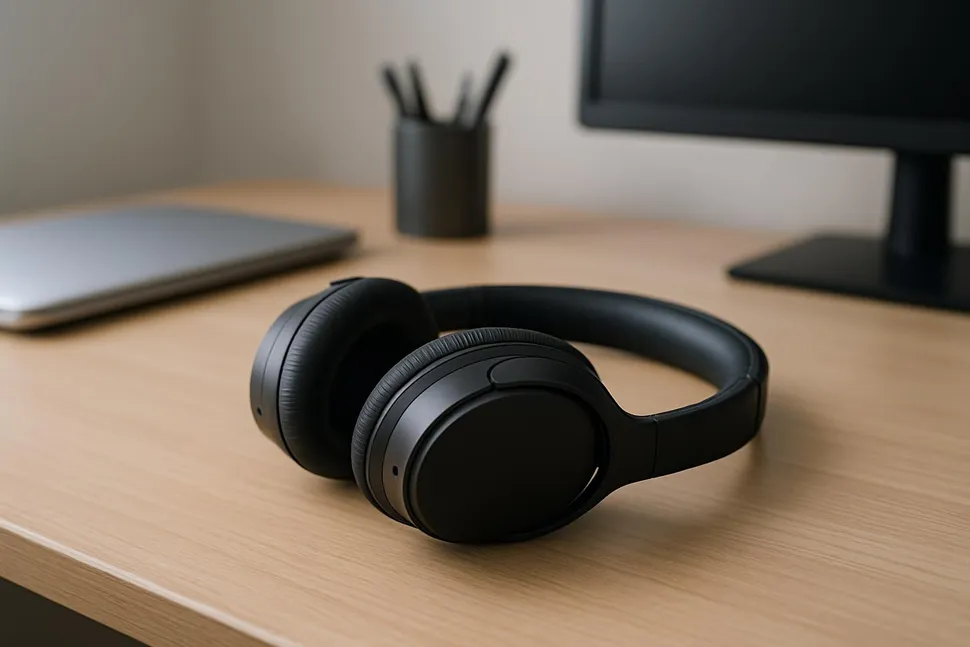
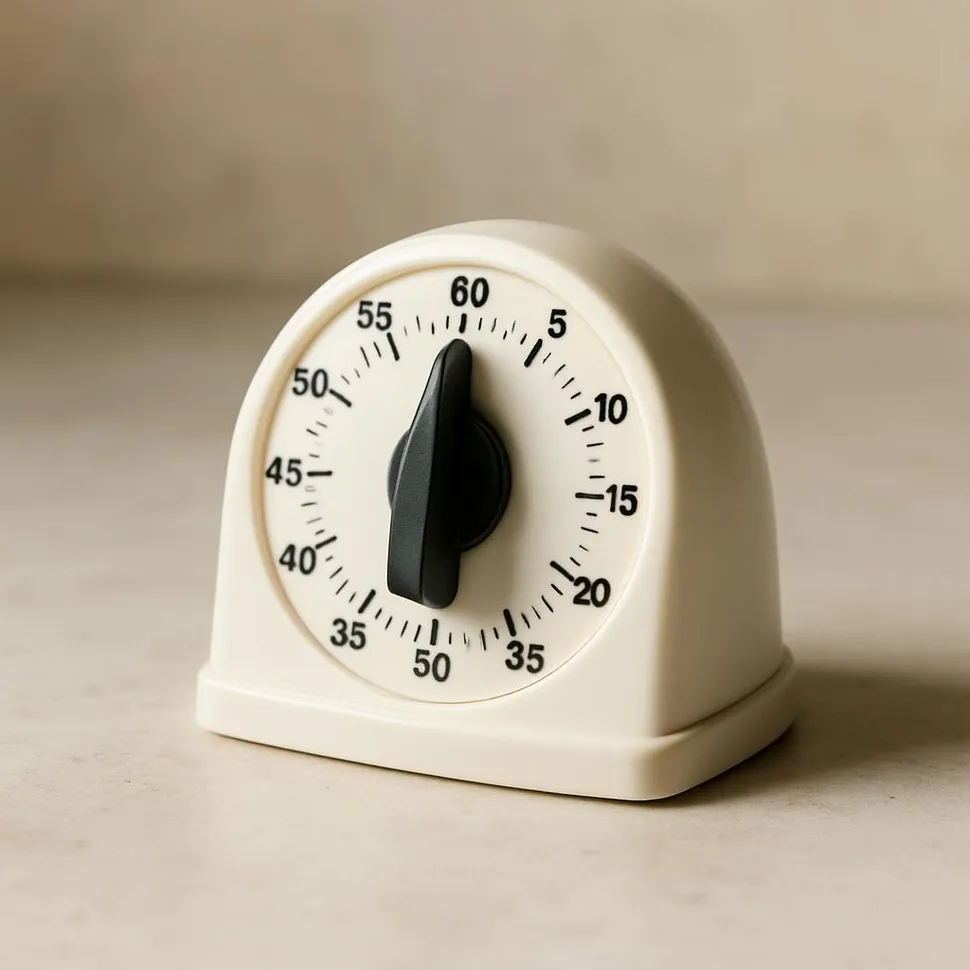

Protect your block politely
Borrow a script from Meeting Madness: “Hey! I’m heads-down 9–10:30. Can we regroup at 11 or async this?” You’ll be surprised how often the answer is “Sure” or “Nvm.”
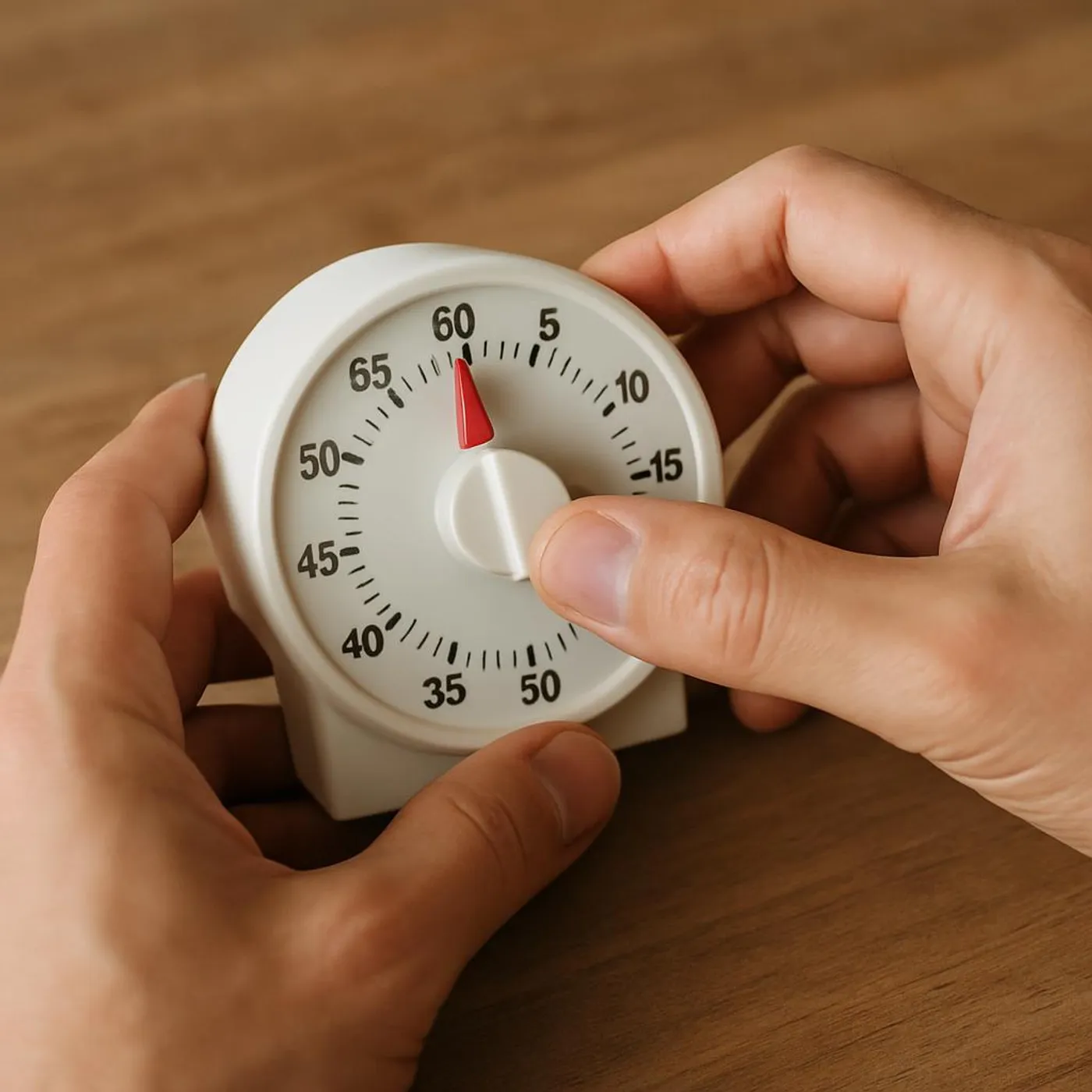
Step 4: Run the block
Okay, we’ve picked the time, prepped the zone, and set up the moat. Let’s go.
- Set timer to 30/30/30 or a full 90. If you’re new to this, try 30-minute segments with micro-stretch breaks between each.
- Start with a 90-second ramp: read your “win sentence,” skim your outline, and type one intentionally bad first line. Perfectionism can’t bite what’s already ugly.
- Single-task: this is not the time to “just check email.” That’s how a 90-minute block becomes 9 minutes of work and 81 minutes of pretending.
- Capture and park: when random thoughts arrive (“buy cat litter”), jot them on a sticky note, not in your browser search bar.
If you hit friction, run a micro-diagnostic:
- Do I have all the info? If not, add a task: “Request X from Y” and move forward with the parts you can do.
- Is this task too big? Split into a part you can finish in the time left.
- Am I just bored? Change the channel: switch to a related subtask with a different energy profile. My guide to Contextual To-Do Lists can help you pick by energy level.

When life torpedoes your block
There will be days when your 90 minutes get obliterated by a critical ping, a surprise meeting, or a blender that somehow needs firmware updates. No shame. Here’s the recovery protocol:
- Triage right now
- Capture what you were doing.
- Note the very next step so you can re-enter later in under 2 minutes.
- Re-plan the day
- If you have 30–45 minutes somewhere, run a mini-block. If not, park it for tomorrow and protect that slot like it’s the last donut.
- Close the day cleanly
- Use The Shutdown Routine to reset. Set tomorrow’s block and the Big 1 task so you don’t wake up in chaos.
If your week is wobbling, run The 30-Minute Sunday Reset to zoom out and choose your Big 3 for the week. Then let your daily 90-minute blocks move those boulders, one chunk at a time.
Progress beats perfection
If you hit 4 out of 5 deep-work days, you’re winning. Even 3 out of 5 will change your week. The enemy is all-or-nothing thinking—friendly reminder from someone who has absolutely rage-quit a calendar before.
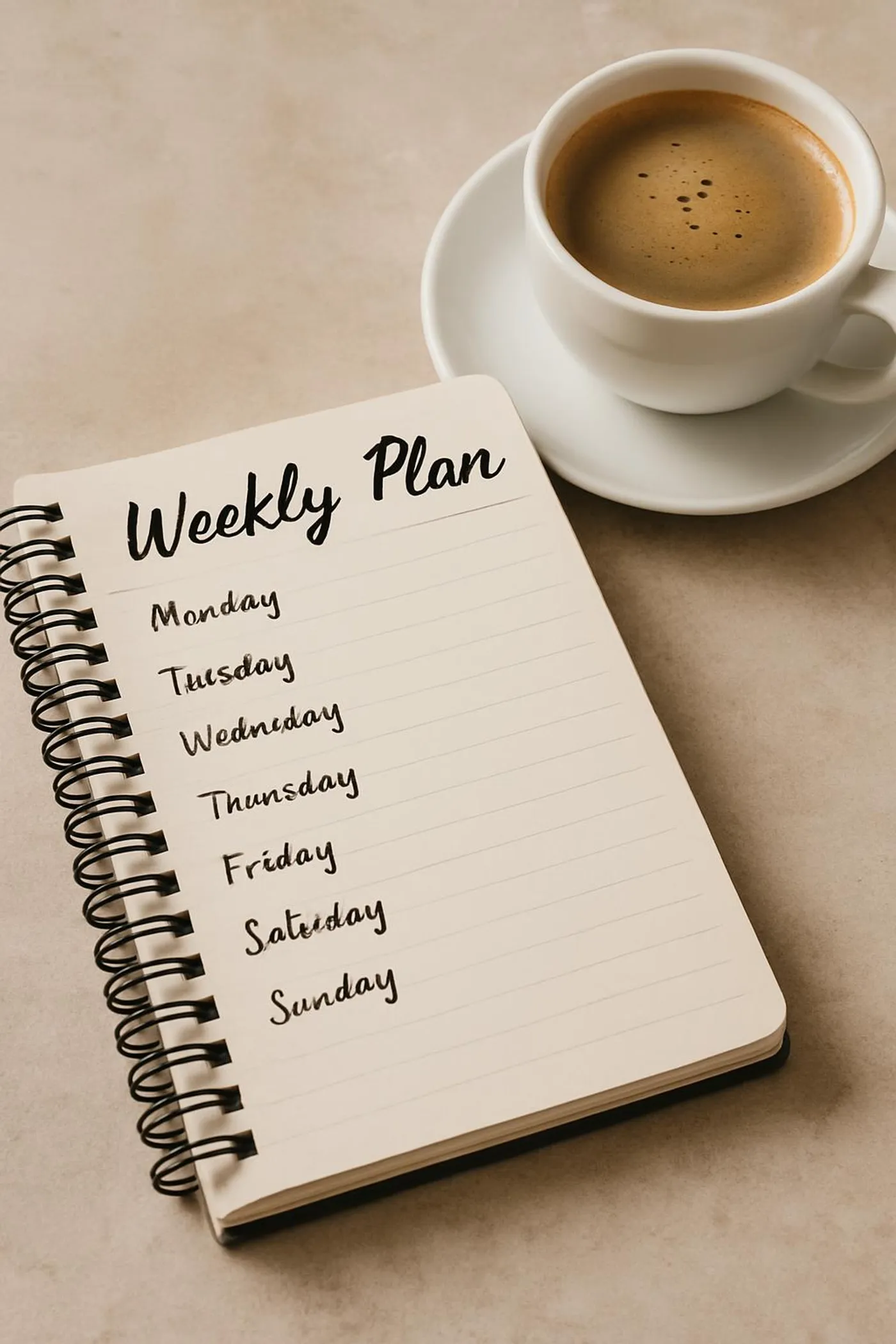
What to work on during your block
This is prime time for needle-moving, cognitively heavy tasks. Think:
- Outlining a proposal, report, or presentation
- Building a prototype or writing code
- Designing something from scratch
- Deep analysis or strategic planning
- Research and synthesis
Use The Rule of 3 to pick your daily MITs, then crown one as today’s deep-work target. If you’re feeling low-energy, deploy The Minimum Viable Day approach and scale your win appropriately. A tight 90-minute block can still produce a small, satisfying chunk.
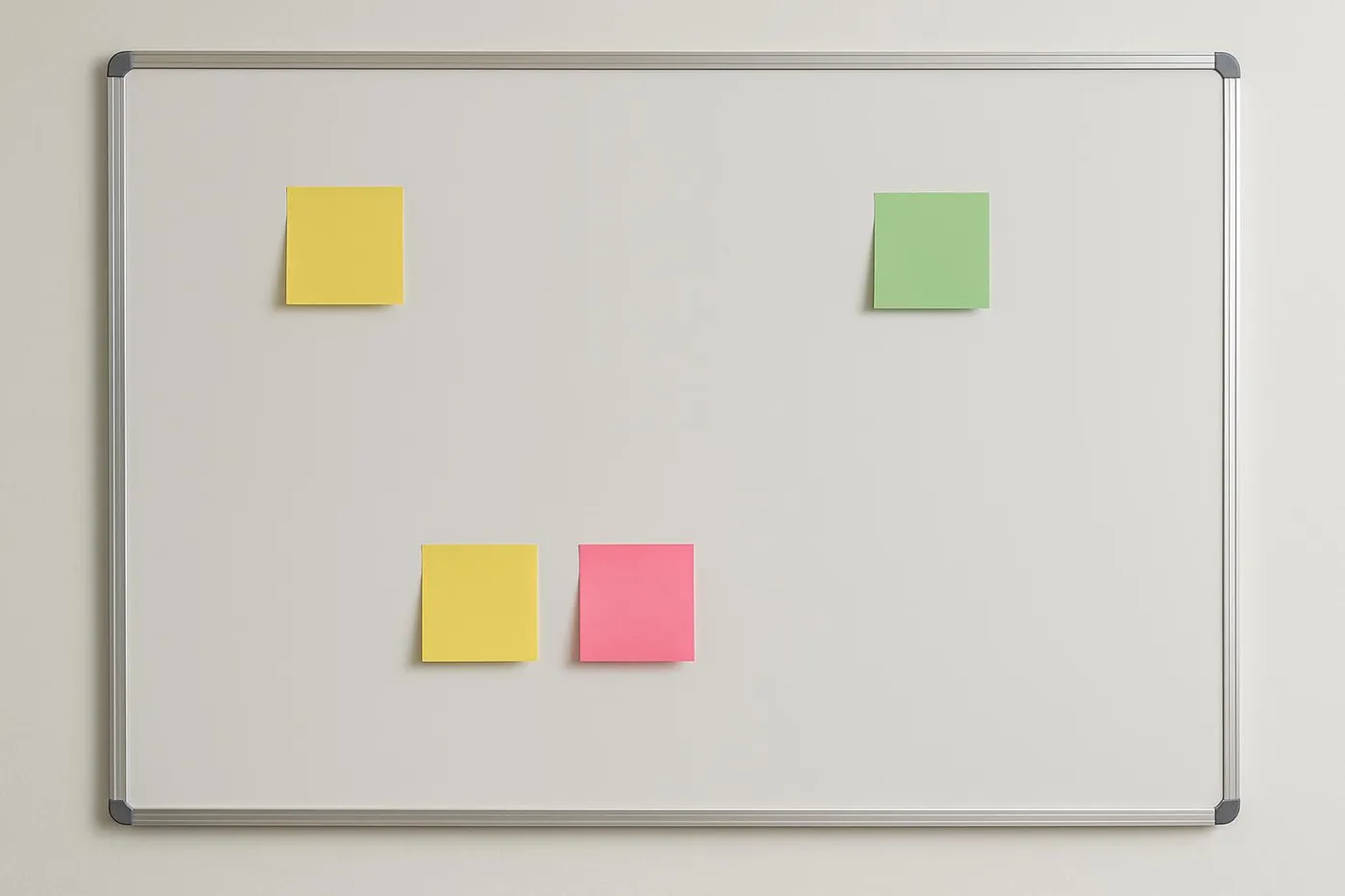
Sound, snacks, and silly signals
Your brain is not a robot; it enjoys vibe. Use that.
- Focus audio: pre-pick a playlist. My go-tos are brown noise for spreadsheets, lo-fi for writing. See Brown Noise vs. Binaural Beats vs. Lo-Fi for more.
- Fuel: choose a light snack that won’t summon a nap. If you’re on Team Snack Motivation, I literally bribe myself. Finish page one, get the fancy nuts. It’s science. Or something. See: The Snack Break Productivity Method.
- Rituals: light a candle, wear “focus socks,” or switch to your “deep-work mug.” I talked about this in The Productivity Power of Silly Rituals. Your brain learns these cues fast.

My 90-minute deep-work blueprint
Here’s the exact sequence I’ve been running lately. Steal freely and tweak:
- 2 minutes: Fill bottle, bathroom, phone in Focus mode. Status set to “Heads-down.”
- 3 minutes: Desk sweep, materials ready, write “By 10:30, I’ll have X.”
- 30 minutes: Draft ugly first pass. No formatting, no fixing, just get clay on the wheel.
- Micro-break: Stand, stretch, 3 deep breaths.
- 30 minutes: Shape and structure. Headings, sections, key points.
- Micro-break: Water, steps, window stare (highly recommended).
- 25 minutes: Tighten, add examples, flag gaps for later.
- 5 minutes: Save, commit, and write tomorrow’s re-entry note.
I also flip on a physical timer so I can glance and see the red slice of time shrinking. Weirdly motivating, like watching a pizza disappear and wanting to get your slice first.

Tools and apps that play nice
- Timer: Analog Time Timer, or a minimalist phone timer if you can resist TikTok’s siren song.
- Blockers: Freedom, Cold Turkey, or your OS Focus/Do Not Disturb.
- Notes: Whatever keeps friction low. If you’re building a simple second brain, try the system in Second Brain, Zero Jargon.
- Music: Spotify, YouTube playlists, or ambient noise apps. Preload so you’re not DJ-ing when you should be typing.

Quick bonus: If chat apps are your kryptonite, pair your block with the status and auto-reply tactics from Notification Tiers. Most distractions are predictable; you’re allowed to sandbox them.

A 7-day deep-work challenge
Try this for one week and see how your output and mood change. Minimal admin, maximum momentum.
Day 0 (5 minutes)
- Pick your daily window for the next 5 workdays. Add recurring events now.
Day 1–5 (each morning)
- Run The 5-Minute Forecast.
- Choose one deep-work target. Write the win sentence.
- Defend the block with your status and Focus mode.
Each day after the block
- Score yourself from 1–3: 1 = I showed up, 2 = I progressed, 3 = I shipped something meaningful.
- Note one friction to remove for tomorrow (missing data, tab temptation, chair height, etc.). If you need help finding those tiny speed bumps, run a mini “friction audit” of your space—chair, cables, logins. My pal Lydia’s Cable Medusa post can help you fix the cable chaos that costs you 5 minutes every session.
Day 6–7
- Reset for next week with The Weekly Review That Doesn’t Make You Cry.
- Pick next week’s Big 3 outcomes and match one to each day’s 90-minute block.
If you want accountability, post your daily score on your story and tag us on Instagram. I will absolutely cheer like a sports parent at a little league game.
Troubleshooting, because brains are weird
- “I get sleepy halfway through.” Try shifting the block earlier, adding light movement breaks, or tweaking caffeine timing. Also… water. Try a small electrolyte boost if you live in the land of dry air and Zoom.
- “I run out of steam at minute 70.” Great! Stop at 75, capture next steps, and leave a breadcrumb. Better to exit with clarity than limp to 90 and dread tomorrow.
- “My environment is chaos.” Start with boundaries you can control (headphones, status, a visual timer) and tidy in tiny bites. The One-Minute Rule is your friend.
- “I default to email because it feels productive.” I get it. But email is a productivity cosplay. Schedule separate admin time and keep it out of your 90.
Re-entry breadcrumbs
Always end by writing the very next keystroke you’ll take tomorrow. Example: “Open doc, jump to section 2, write first paragraph about user stories.” Your future brain will high-five you.

Two optional upgrades
- Theme days: Group blocks by theme across the week. Monday = writing, Tuesday = strategy, Wednesday = design. It reduces context switching and gives each day a vibe.
- Energy mapping: Use The Energy Budget to align your block with your battery peaks. Your 10 AM might be someone else’s 4 PM.
And if afternoons hit you like a tranquilized sloth, revive yourself with The 2 PM Reset. Five minutes, fresh focus.

Look, I love a good 60-minute Power Hour. But 90 minutes? That’s where the good stuff happens—enough time to wrestle the gnarly parts, find flow, and ship something that makes 5 PM you want to fist-bump a houseplant.
Try the 7-day challenge. Pick your window. Protect it like it’s the last slice of pizza. Then tell me how it went—bonus points for the most ridiculous focus ritual. Mine may or may not involve a timer, a candle, and a mug that says “Do Not Disturb Unless You Have Tacos.”




